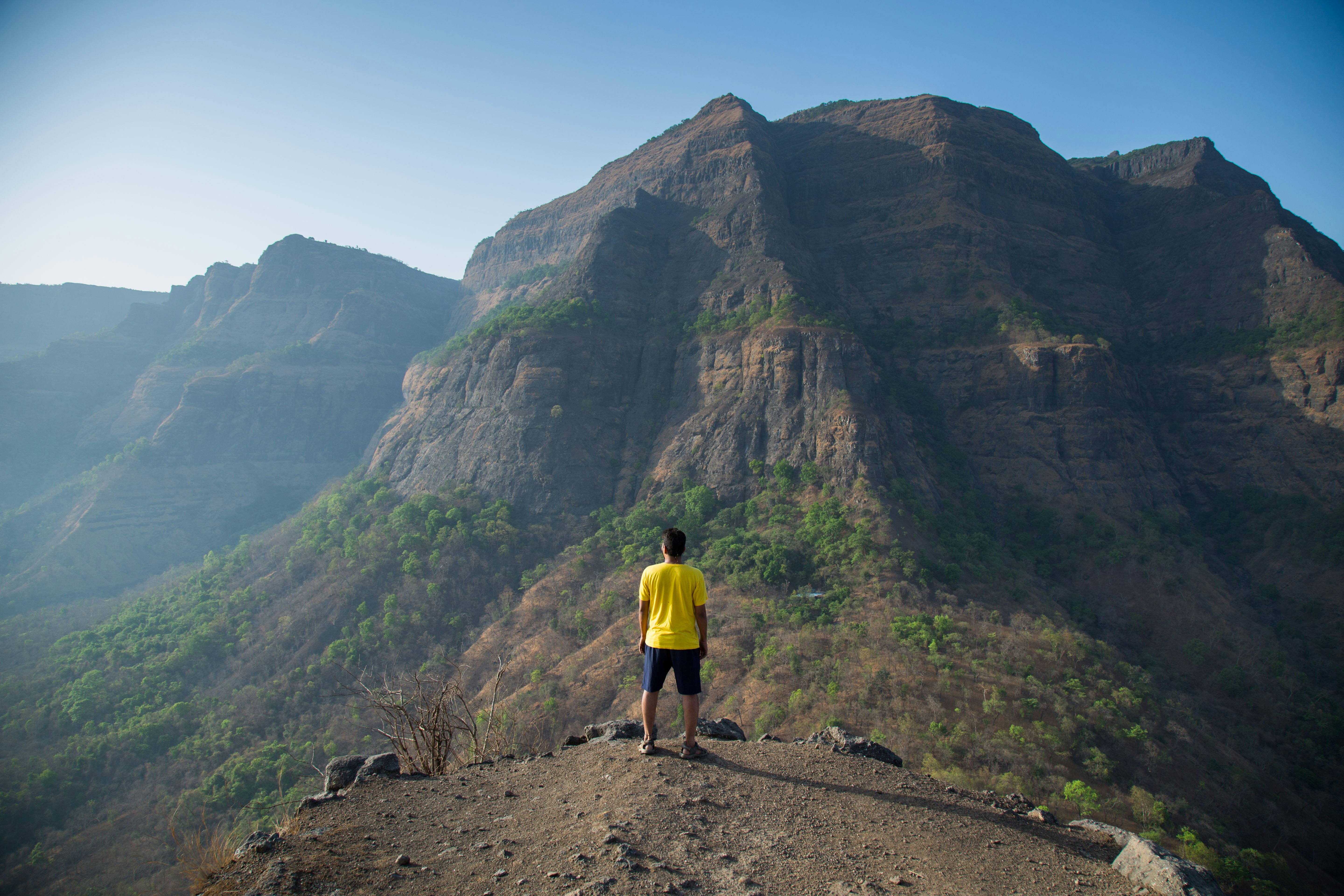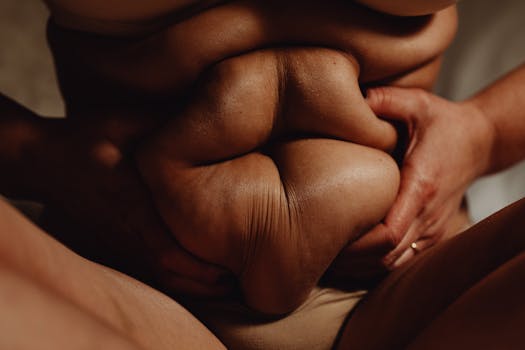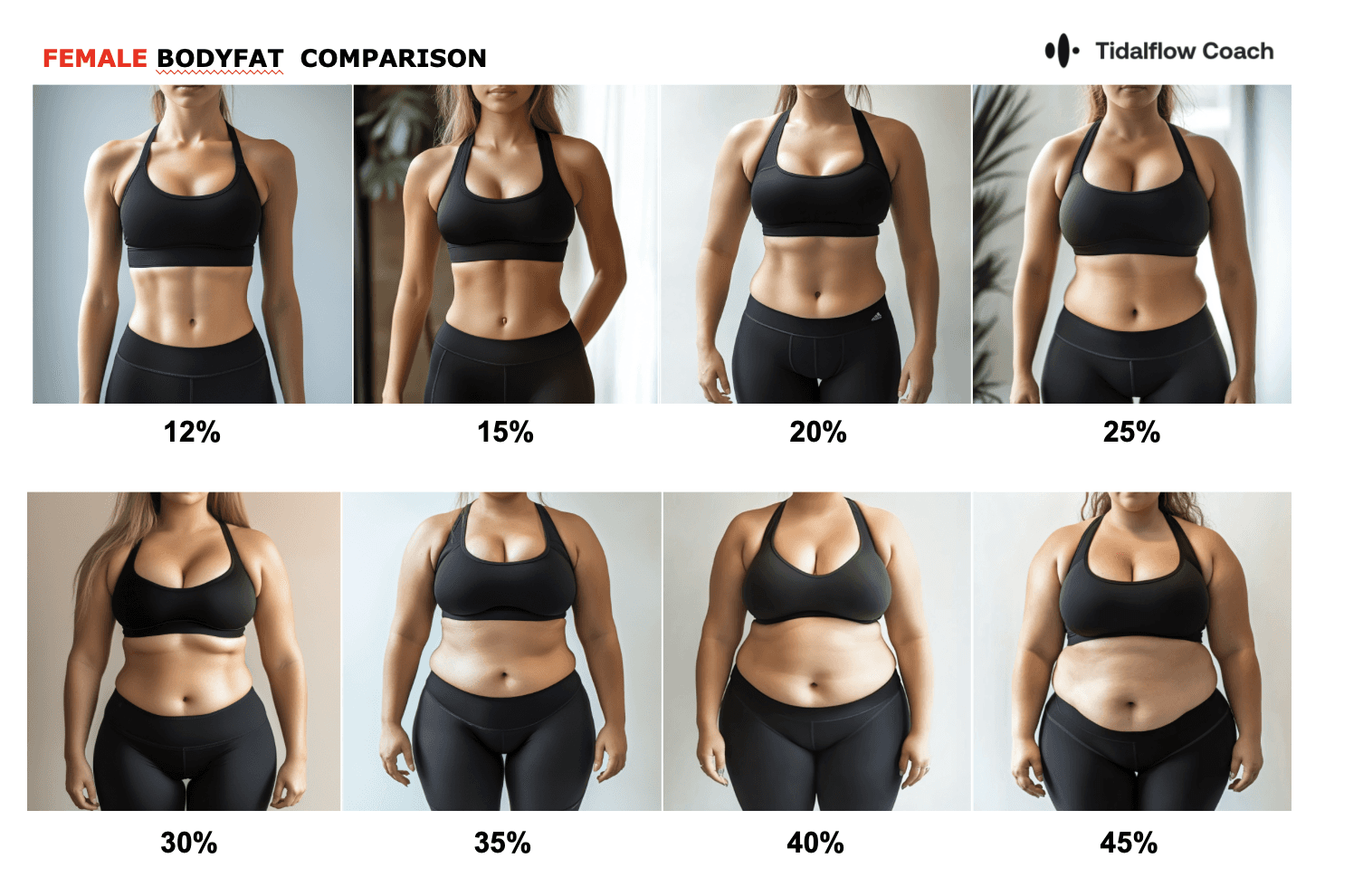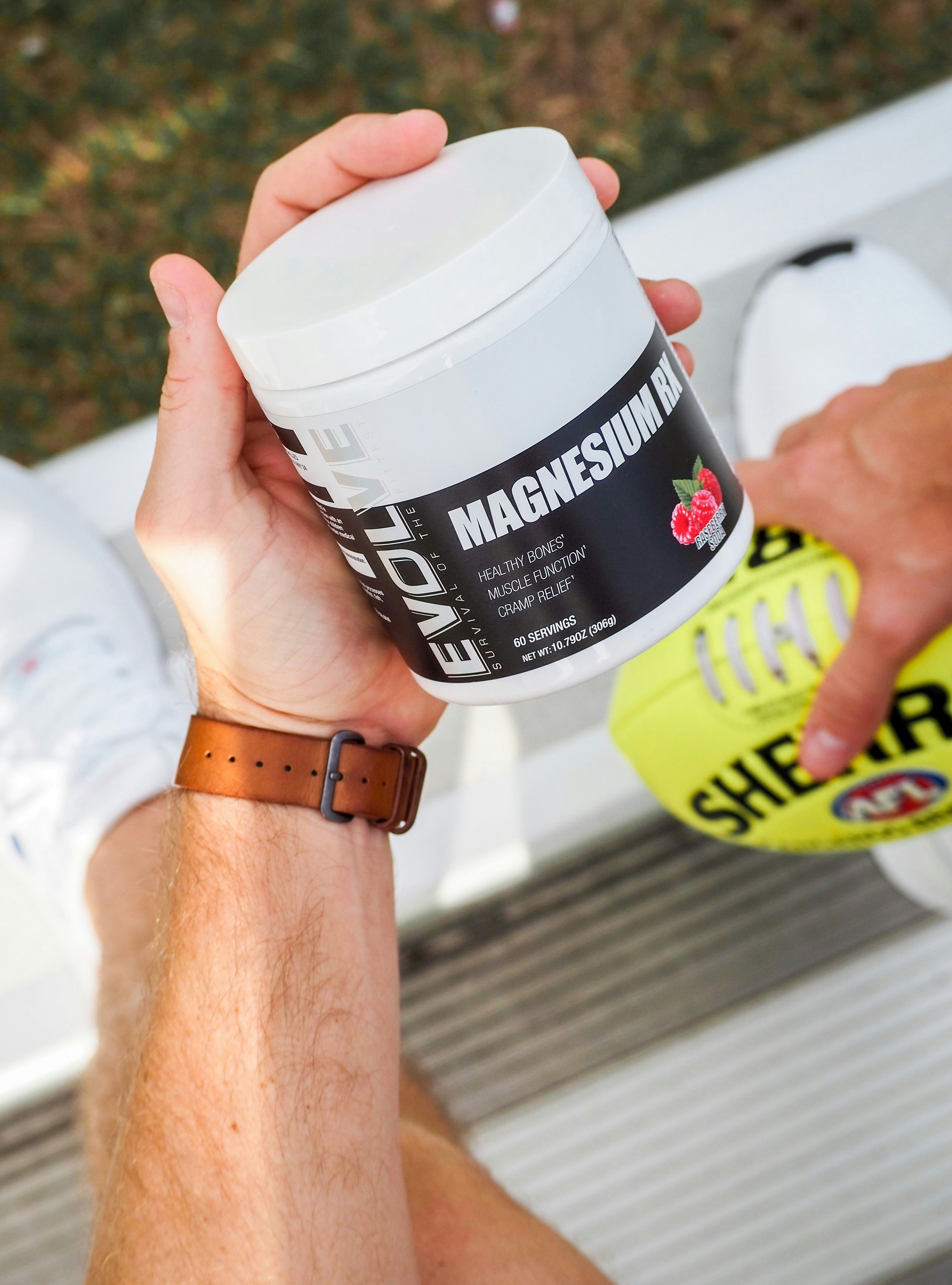The Biggest Bodybuilders: Titans of Muscle and Mass
Sep 25, 2024
In the world of bodybuilding, size matters. While aesthetics, symmetry, and conditioning are crucial factors in competitive bodybuilding, there's an undeniable fascination with sheer mass. Today, we'll explore the realm of the biggest bodybuilders in history, examining their incredible physiques, achievements, and the impact they've had on the sport. We'll also address some common questions about these larger-than-life athletes.
Who Was the Biggest Bodybuilder Ever?
When discussing the biggest bodybuilder of all time, several names come to mind, but one stands out above the rest: Greg Kovacs.
Greg Kovacs (1968-2013) was a Canadian IFBB professional bodybuilder who competed in the late 1990s and early 2000s. Standing at an imposing 6'4" (193 cm) and weighing up to 420 lbs (190 kg) in the off-season, Kovacs was a true mass monster. His competition weight often exceeded 330 lbs (150 kg), making him one of the heaviest competitors to ever step on stage.
Kovacs' measurements were staggering:
Chest: 70 inches (178 cm)
Arms: 25 inches (64 cm)
Thighs: 35 inches (89 cm)
While Kovacs never achieved the same level of competitive success as some of his contemporaries, his sheer size made him a legend in the bodybuilding world.
Who is the World Record Biggest Body Builder?
The Guinness World Records doesn't maintain an official record for the "biggest bodybuilder," as it's a subjective measure that could be interpreted in various ways (height, weight, muscle mass, etc.). However, several bodybuilders have been recognized for specific physical attributes:
Strongest Bodybuilder: Ronnie Coleman is widely regarded as the strongest bodybuilder in history. His incredible feats of strength, such as squatting 800 lbs (363 kg) for reps, set him apart from his peers.
Tallest Bodybuilder: The title of tallest professional bodybuilder often goes to Dutch competitor Aaron Reed, standing at 6'7" (201 cm).
Largest Arms: The record for the largest arms on a bodybuilder is often attributed to Roelly Winklaar, with a reported arm circumference of 24 inches (61 cm) when pumped.
Who is the Heaviest Bodybuilding?
When it comes to sheer weight on stage, a few names stand out:
Big Ramy (Mamdouh Elssbiay): The 2020 and 2021 Mr. Olympia winner has competed at weights up to 316 lbs (143 kg).
Markus Rühl: Known for his massive size, Rühl competed at weights around 300 lbs (136 kg).
Ronnie Coleman: The 8-time Mr. Olympia champion competed at weights up to 300 lbs (136 kg) in his prime.
It's important to note that competition weight doesn't always reflect a bodybuilder's heaviest weight. Many bodybuilders are significantly heavier in the off-season.
The Evolution of Mass in Bodybuilding
The pursuit of size in bodybuilding has evolved significantly over the years:
The Classic Era (1960s-1970s): Bodybuilders like Arnold Schwarzenegger and Franco Columbu focused on aesthetics and proportions. While impressive by the standards of their time, they were considerably smaller than modern pros.
The Transition Period (1980s): Bodybuilders like Lee Haney began pushing the boundaries of size while maintaining aesthetic appeal.
The Mass Monster Era (1990s-2000s): Dorian Yates ushered in a new level of mass, followed by Ronnie Coleman, who took it to unprecedented levels.
The Modern Era (2010s-Present): While size is still crucial, there's been a slight shift back towards more aesthetic physiques, as exemplified by champions like Phil Heath and Big Ramy.
Training Like the Biggest Bodybuilders
Achieving the level of mass seen in top bodybuilders requires an intense and dedicated approach to training. Here are some key principles:
Progressive Overload: Continuously increasing weight, reps, or sets is crucial for muscle growth.
Compound Movements: Exercises like squats, deadlifts, and bench presses form the foundation of mass-building workouts.
High Volume: Many top bodybuilders use high-volume training to stimulate muscle growth.
Intensity Techniques: Methods like drop sets, supersets, and forced reps are commonly used to push beyond failure.
Recovery: Adequate rest and recovery are crucial for muscle growth and preventing burnout.
Nutrition for Massive Muscle Gain
Building and maintaining extreme muscle mass requires a carefully planned nutrition strategy:
High Calorie Intake: Many top bodybuilders consume 6000-8000 calories per day in their growth phases.
High Protein: Protein intake often exceeds 2 grams per pound of body weight.
Balanced Macronutrients: While protein is crucial, carbohydrates and fats play important roles in fueling workouts and supporting hormone production.
Meal Frequency: Most big bodybuilders eat 6-8 meals per day to support their massive calorie needs.
Supplements: While not a replacement for whole foods, supplements like protein powder, creatine, and pre-workouts are commonly used.
For personalized nutrition advice tailored to your muscle-building goals, consider using Tidalflow's AI-powered nutrition guidance.
The Health Implications of Extreme Size
While the physiques of the biggest bodybuilders are impressive, it's important to discuss the potential health implications:
Cardiovascular Strain: Carrying extreme muscle mass can put additional stress on the heart.
Joint Stress: Heavy weights and large body mass can lead to increased wear and tear on joints.
Organ Stress: Extremely high calorie and protein intake can strain the digestive system and kidneys.
Hormonal Imbalances: The use of performance-enhancing substances can lead to various health issues.
It's crucial to note that achieving the size of top professional bodybuilders often involves the use of performance-enhancing drugs, which carry their own health risks.
Who is the Jacked 7 Foot Guy?
The "jacked 7 foot guy" you might be referring to is likely Olivier Richters, also known as "The Dutch Giant." While not a competitive bodybuilder, Richters has gained fame for his impressive physique combined with his extraordinary height.
Olivier Richters:
Height: 7'2" (218 cm)
Weight: Around 330-350 lbs (150-160 kg)
Richters has appeared in several films and has become a social media sensation due to his unique combination of height and muscle mass.
Who is the Man 9 ft 6 in Tall?
There is no verified record of a living person being 9 feet 6 inches tall. The tallest person in recorded history was Robert Wadlow, who reached a height of 8 feet 11.1 inches (2.72 m).
In the context of bodybuilding, even the tallest competitors rarely exceed 7 feet. The combination of extreme height and significant muscle mass becomes increasingly difficult to maintain beyond a certain point due to the body's structural limitations.
Who is the 6'5" Muscle Guy?
While there are several tall, muscular athletes and bodybuilders, one that might fit this description is Martyn Ford, often referred to as "The Nightmare."
Martyn Ford:
Height: 6'8" (203 cm)
Weight: Around 320-340 lbs (145-154 kg)
Ford has gained popularity through social media and has ventured into acting and combat sports. While not a competitive bodybuilder, his impressive size and muscularity have made him a notable figure in the fitness world.
The Future of Mass in Bodybuilding
As the sport of bodybuilding continues to evolve, there's ongoing debate about the future of mass:
Health Concerns: Increasing awareness of the health risks associated with extreme size may lead to changes in judging criteria.
Aesthetic Shift: Some fans and officials are calling for a return to more aesthetic, proportionate physiques.
New Divisions: The introduction of classic physique and other divisions provides opportunities for different body types.
Technological Advancements: Improvements in training, nutrition, and recovery methods may allow athletes to build more muscle while minimizing health risks.
Conclusion: The Legacy of the Biggest Bodybuilders
The biggest bodybuilders in history have left an indelible mark on the sport. Their incredible physiques have pushed the boundaries of human potential and inspired countless others to pursue their own fitness goals.
However, it's important to remember that the extreme size achieved by these athletes is not necessary or advisable for most people. For the average person looking to build muscle and improve their physique, a more moderate approach focusing on consistent training, proper nutrition, and overall health is recommended.
Whether you're aspiring to be the next mass monster or simply looking to improve your fitness, remember that everyone's journey is unique. Focus on your personal goals, listen to your body, and prioritize your long-term health and well-being.
Ready to start your own muscle-building journey? Let Tidalflow's AI personal trainer create a customized workout plan tailored to your goals, equipment availability, and fitness level. With personalized guidance and real-time adjustments, you'll be on your way to building the physique you've always wanted, whether that's massive or more moderate. Start your journey to a stronger, more muscular you today!
Remember, while the biggest bodybuilders are impressive to look at, true fitness encompasses more than just size. Strength, flexibility, cardiovascular health, and overall well-being are all crucial components of a balanced fitness approach. Whatever your goals, consistency, patience, and a focus on health will serve you well in your fitness journey.
You should not have to do it all on your own













